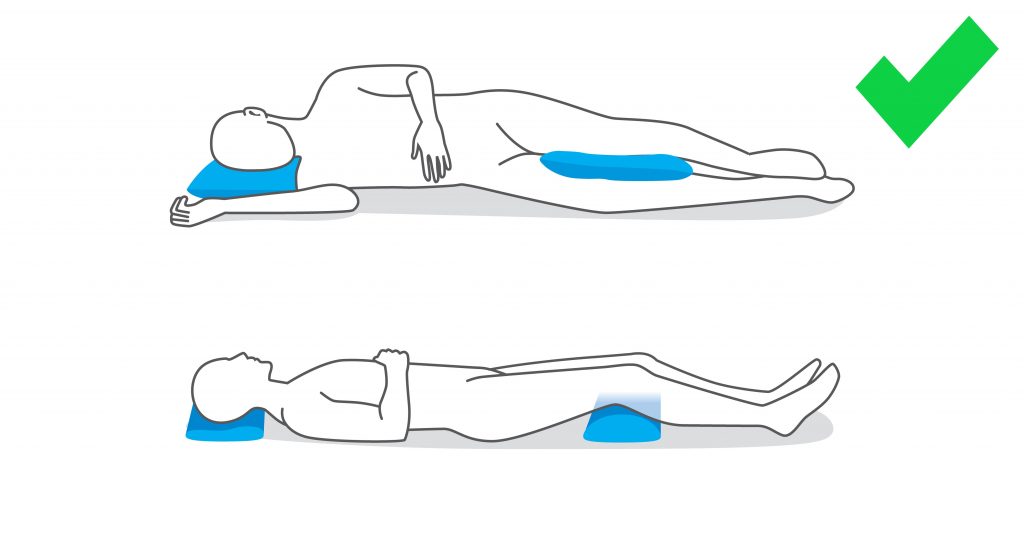Articles Management of Chronic Knee Pain
Chronic knee pain is extremely common amongst the general population. There can be multiple causes however, many principles of management overlap.
In general sore knees do not like:
- pivoting while weight bearing (i.e. getting in/out of a car, pushing a stubborn shopping trolley, lifting weight while pivoting on one leg, running and pivoting)
- excessive down hill walking and running (i.e. hills and stairs)
- excessive impact (i.e. running, jumping, walking on hard surfaces)
- walking/running on uneven surfaces
- walking/running on soft sand (sorry Northern Beaches!)
- walking/running on slippery surfaces
- deep squatting (i.e. deep squats in the gym, negotiating large steps)
- kneeling (i.e. sitting on your haunches)
These activities tend to place more strain on the structures of the knee joint. Being mindful of the type activities which exacerbate your knee pain and modifying how you perform them can help to lessen your symptoms.
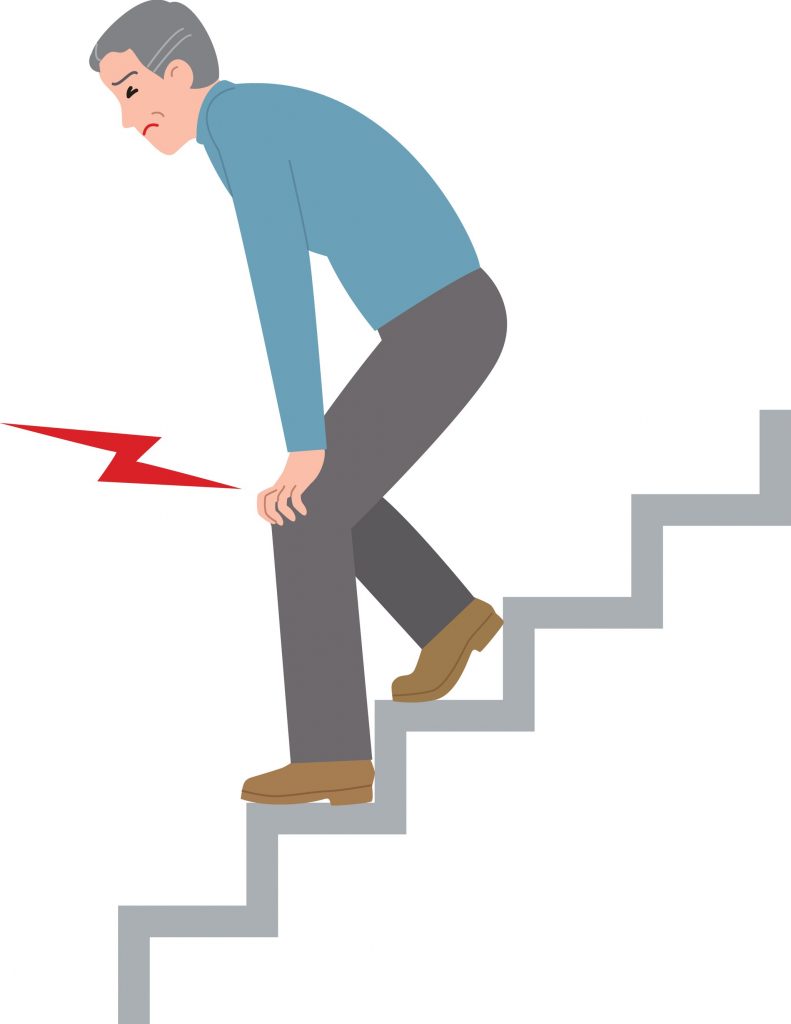
A few quick things to try out include:
- RICE, the old adage of Rest, Ice, Compression and Elevation helps to reduce swelling and inflammation. Excessive inflammation can prolong recovery and lead to ongoing symptoms.
- wearing supportive foot wear (i.e. avoiding thin soled shoes and heels)
- using shock absorbing shoes/insoles, these can help lessen the amount of impact going through the joint
- using orthotics, correcting foot posture can help improve knee alignment thereby placing less strain on your knees. Many places now sell orthotic sandals and jandals (that’s Kiwi for thongs)
- compression garments, these have been popular amongst professional athletes and can help by limiting swelling/inflammation
- knee brace, compression braces can provide additional support and stability and limit swelling, rigid braces can be used for specific ligament injuries (i.e. ACL and MCL injuries)
- taping, specific taping techniques can be used to help improve knee alignment, support specific ligaments and improve muscle imbalances
- using electrical TENS machines, topical anti-inflammatory gels (i.e. Voltaren) and heat rubs (i.e. Deep Heat) can help to temporarily alleviate symptoms and reduce the need for pain medications
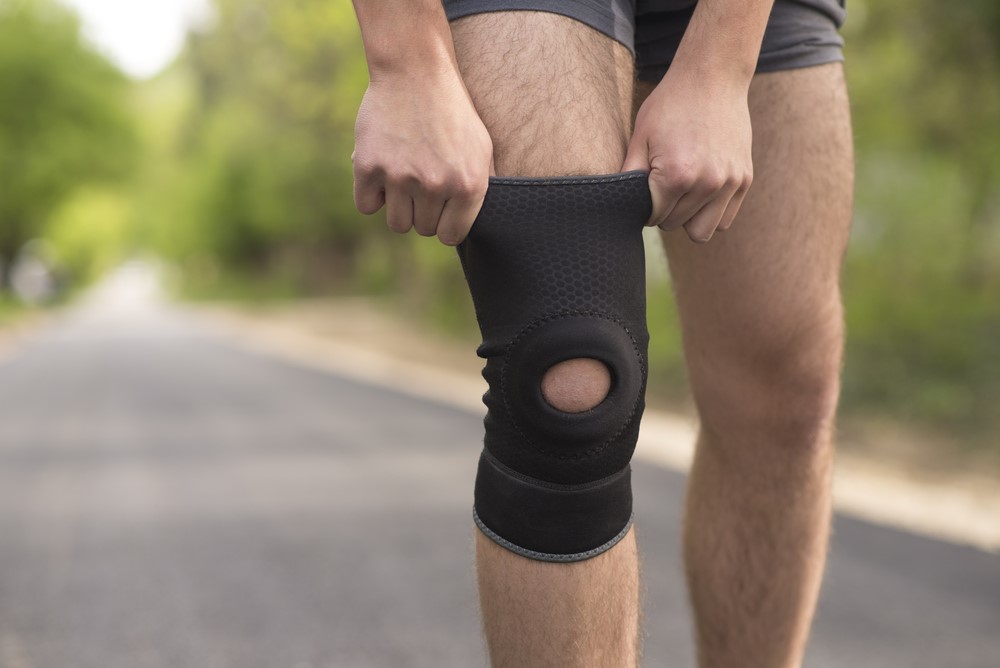
Chronic Knee Pain– Rest Positions
The knee naturally rests in a position of 30-40 degrees flexion. It can be helpful to use a pillow when resting as demonstrated below.
Chronic Knee Pain- Exercises
Improving the alignment of your knee can place less strain through the joint. Also building up the surrounding muscles will help provide more support. This can be achieved by stretching and strengthening the muscles of the hips, knees and ankles. A few basic examples to get you started have been listed below:
Stretches
These exercises should be held for at least 20-30 seconds and done frequently through out the day. The goal of these exercises are to lengthen tight muscles to give the joints more movement.
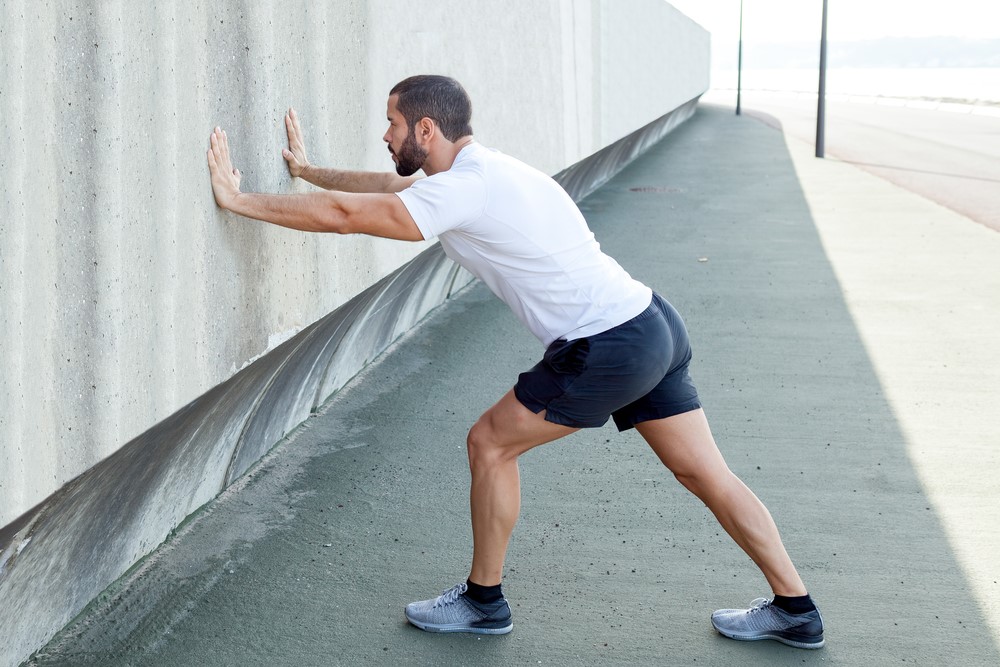
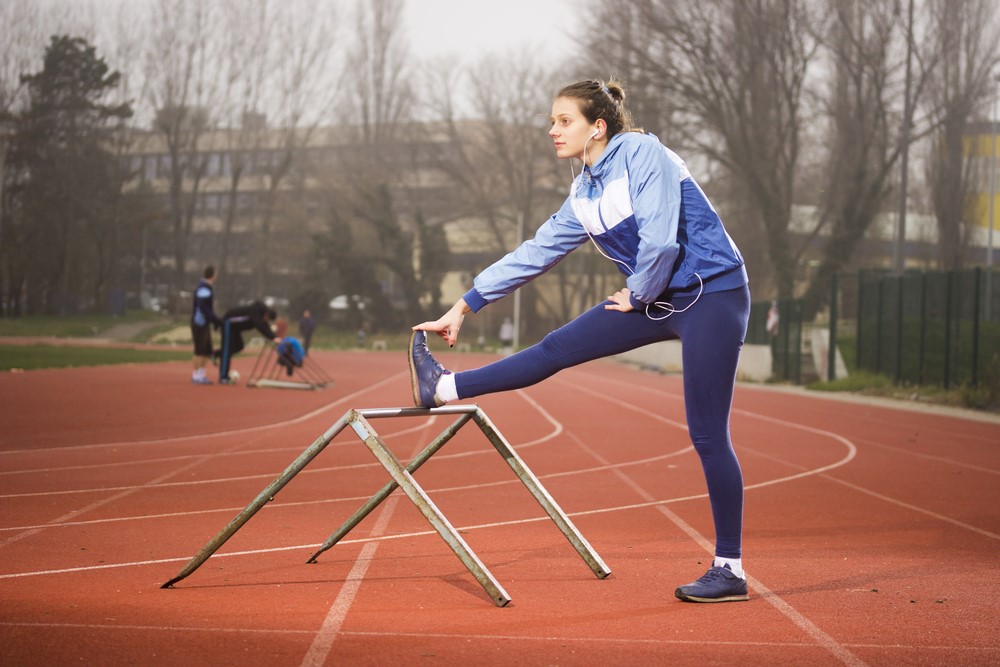
Strengthening
These exercises should be done with a medium/high amount of repetitions (approximately 15-20 repetitions per set) a couple of times per day. Great care should be taken not to overdo things as these exercises can easily aggravate your condition. It is always best to start off small and GRADUALLY build up your repetitions, sets and weights over a period of time.
We are trying to target specific muscles, a few things to remember are:
- avoid “knock kneed” positions, make sure your knee is over your 2nd toe when squatting
- avoid “pigeon toed” positions, either have your feet pointing straight ahead or slightly turned out when squatting
- emphasise full extension of the knee at the end of the movement
- don’t squat too deeply (only squat 30-40% of your range)
- do your exercises in weight bearing where possible
- feel for the muscle on the inside of your knee (VMO) tensing when exercising
- focus on form, your movements should be slow, smooth and controlled
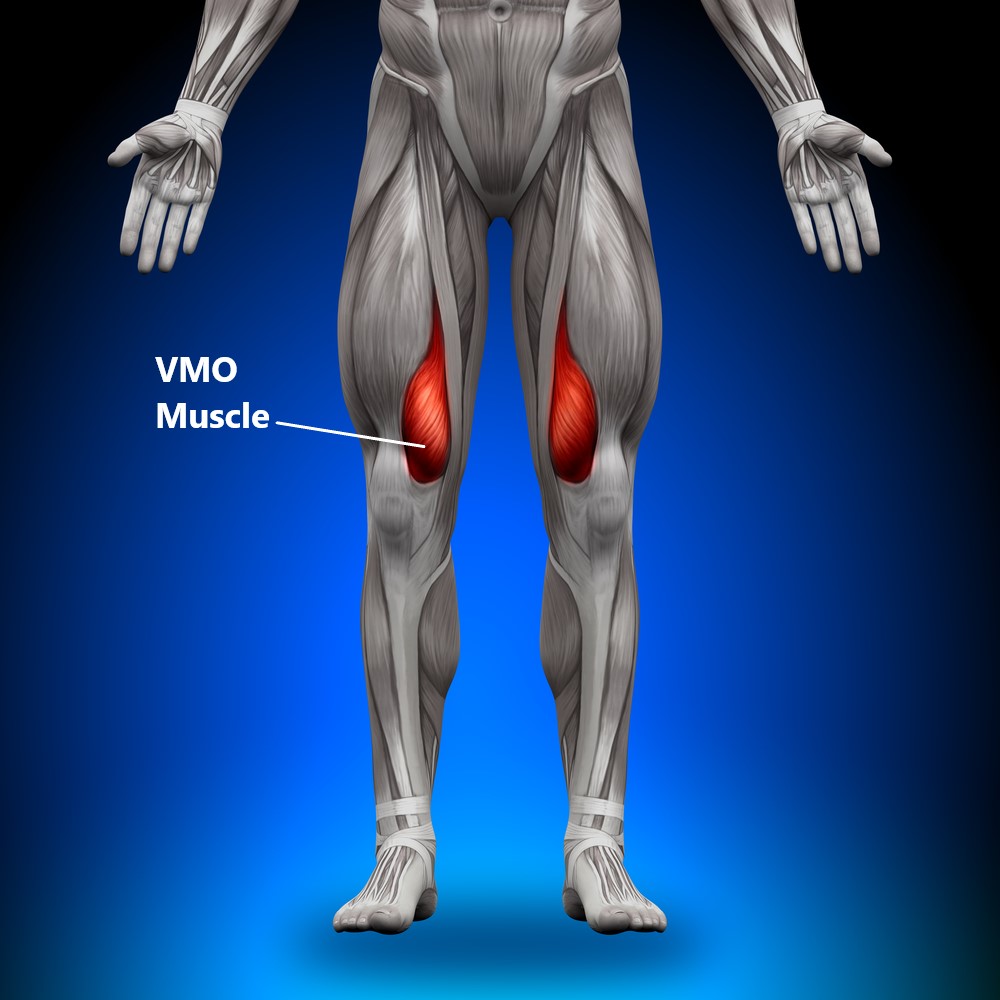

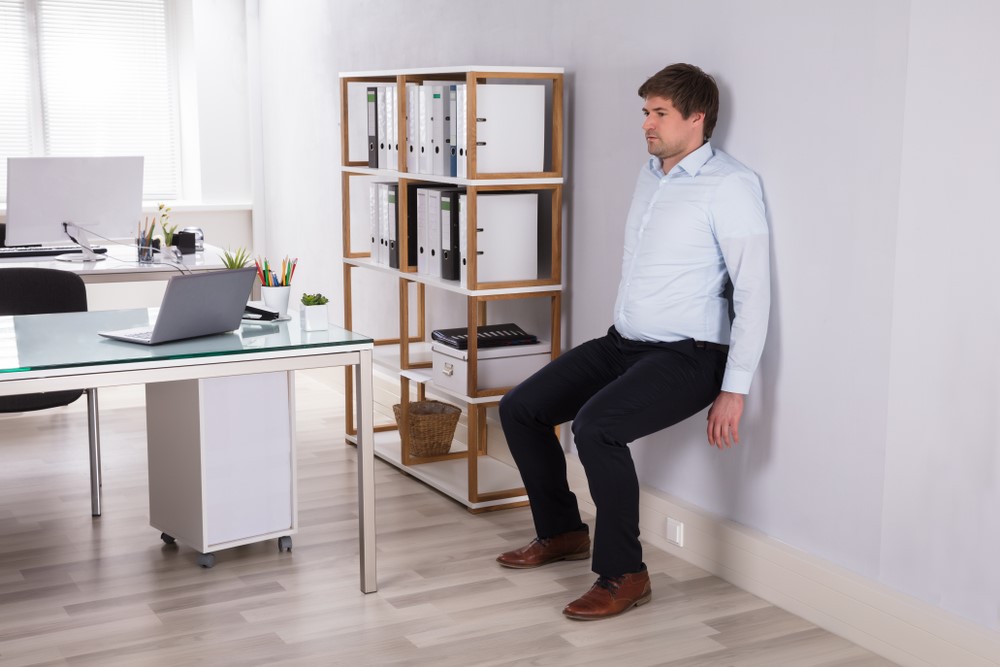
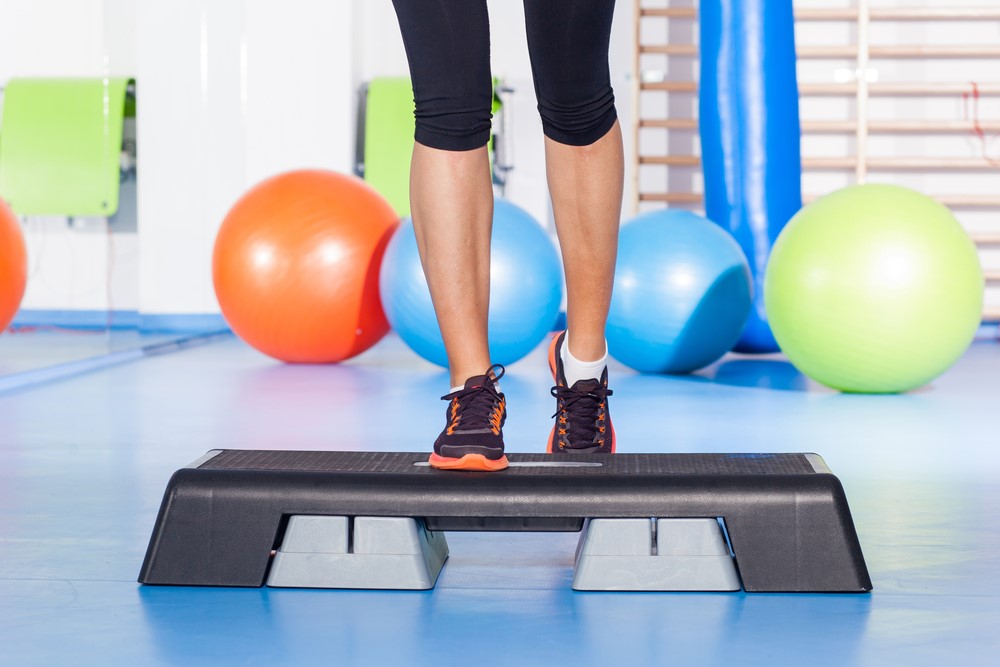
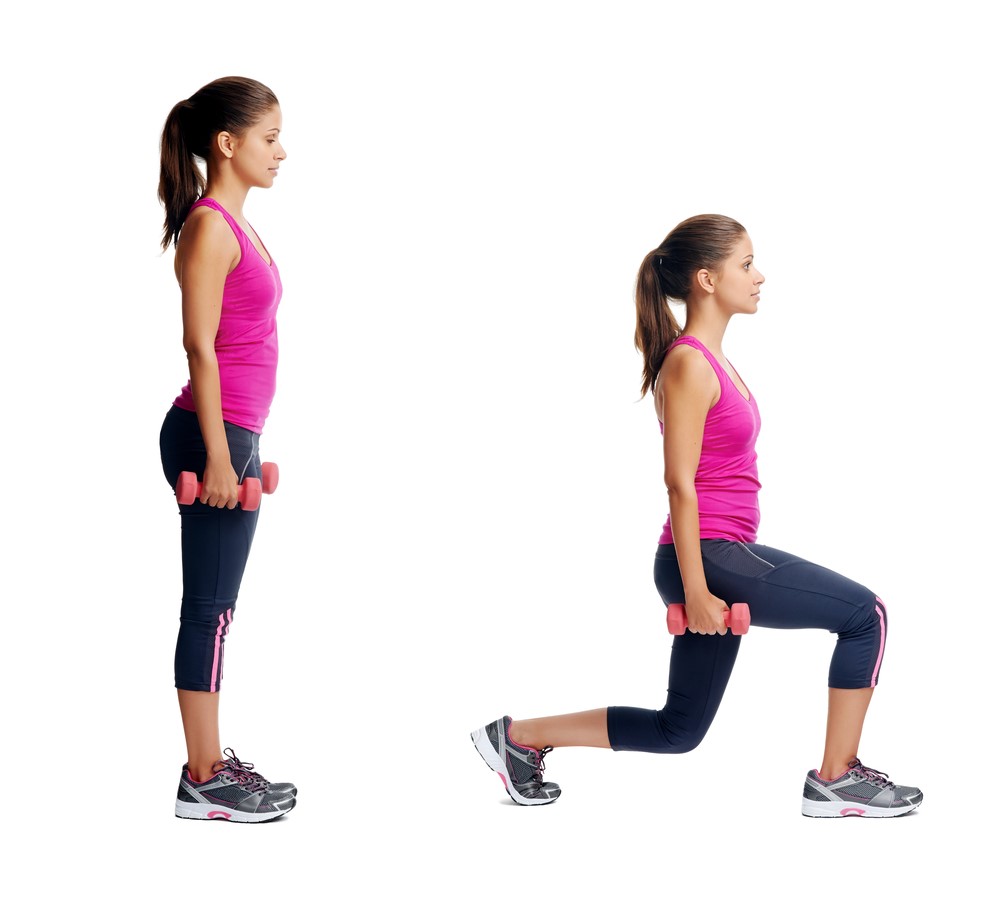
Cardiovascular
Excessive body weight places more load on your knees. The best type of exercise to facilitate weight loss is aerobic exercise which involves getting your heart rate up.
In order to have an effect it is recommended to exercise continuously for at least 30 mins, 4-5 times per week. To ensure you are exercising at the right intensity you should roughly be at 60% of your maximal exercise capacity. Another quick way to quickly gauge this is you should be able to talk but not sing during your work out.
Aerobic exercises can include:
- walking
- cycling
- rowing
- swimming
- cross trainer
It is also very important (if not more important) to have a healthy balanced diet. It would be beneficial to get expert nutritional advice to ensure you are maximising your potential to loose weight.
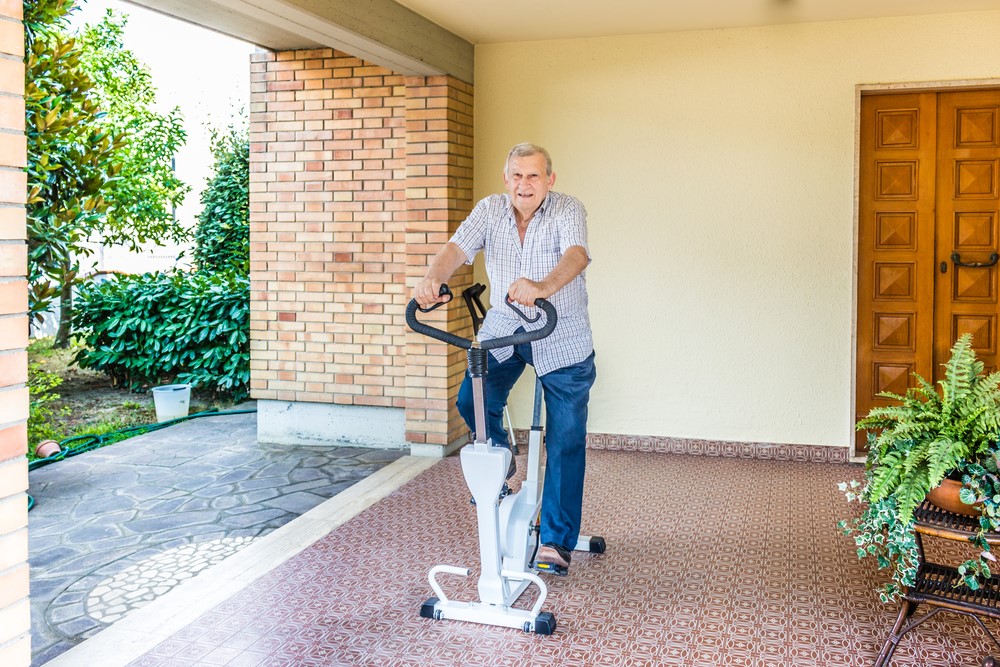
A Few Notes
- If you have advanced symptoms choose low impact exercises (i.e. pool based exercises, sit down exercise bike, rowing machine)
- Start off small and build up gradually, you can cause more problems if you progress your exercises too quickly
- It is always best to see a health professional to tailor an exercise programme for your specific needs
- Doing a little is better than doing nothing at all!
- If any of the above exercises significantly exacerbate your symptoms please cease the exercise and seek advice from a health professional
- If you are experiencing locking, giving way, instability or a significant deterioration in your quality of life it would be advisable to seek an orthopaedic opinion
Please keep in mind the information provided is general in nature and should not be used as a substitute to consult your treating health professional. If you have any specific questions or require assistance with your individual treatment requirements please do not hesitate to contact My Family Physio Northern Beaches, Sydney.
Related Articles
